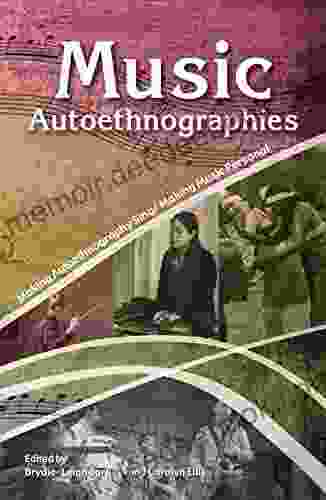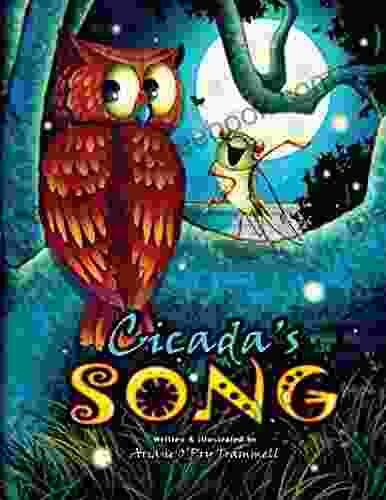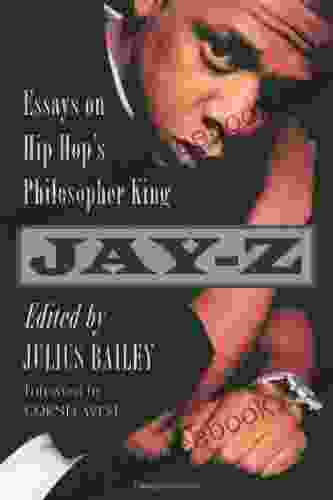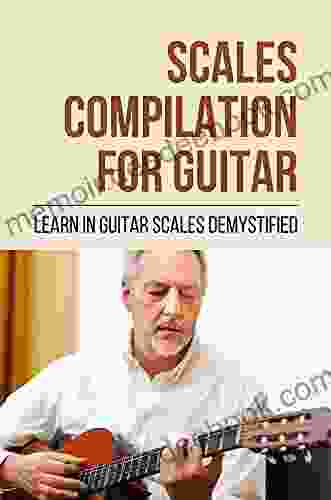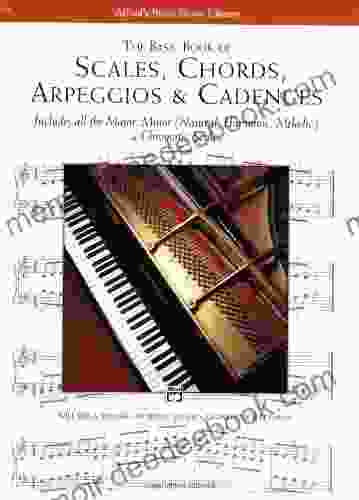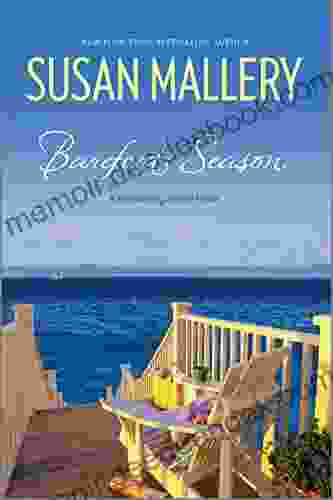Music Autoethnographies: Making Music Personal


Music autoethnography is a form of qualitative research that uses music to explore personal experiences and cultural phenomena. It is a relatively new field, but it has quickly gained popularity as a way to capture the richness and complexity of human experience. Music autoethnographers use a variety of methods to collect data, including interviews, participant observation, and musical performance. They then use this data to create musical compositions that express their personal experiences and insights.
4.6 out of 5
| Language | : | English |
| File size | : | 2411 KB |
| Text-to-Speech | : | Enabled |
| Screen Reader | : | Supported |
| Enhanced typesetting | : | Enabled |
| Word Wise | : | Enabled |
| Print length | : | 288 pages |
Music autoethnography is a powerful tool for exploring the human condition. It can be used to tell stories, express emotions, and share cultural experiences. It can also be used to challenge stereotypes, promote social change, and heal trauma.
The Benefits of Music Autoethnography
There are many benefits to using music autoethnography as a research method. Some of these benefits include:
* Music is a powerful form of expression. It can communicate emotions and experiences that are difficult to express in words. * Music is a universal language. It can be understood by people of all cultures and backgrounds. * Music is a participatory art form. It can be used to build relationships and create community. * Music can be therapeutic. It can help people to process their emotions and cope with difficult experiences. * Music can be a catalyst for social change. It can be used to raise awareness of important issues and inspire people to take action.
How to Do Music Autoethnography
If you are interested in ng music autoethnography, there are a few things you need to do. First, you need to choose a topic that you are passionate about. This could be a personal experience, a cultural phenomenon, or a social issue. Once you have chosen a topic, you need to start collecting data.
There are a variety of ways to collect data for a music autoethnography. Some of these methods include:
* Interviews: You can interview people who have had similar experiences to you or who are experts on the topic that you are researching. * Participant observation: You can participate in activities that are related to your research topic and observe what happens. * Musical performance: You can create musical compositions that express your personal experiences and insights.
Once you have collected your data, you need to start writing your autoethnography. Your autoethnography should be a personal narrative that tells the story of your research experience. It should include your own experiences, as well as the experiences of others that you have interviewed or observed.
Your autoethnography should also include musical compositions that express your personal experiences and insights. These compositions can be original songs, covers of existing songs, or instrumental pieces.
Examples of Music Autoethnographies
There are many examples of music autoethnographies that have been published in recent years. Some of these examples include:
* "The Ethnography of Singing" by Timothy Cooley* "Making Music Personal: Women's Voices and the Gendered Meanings of Music" by Sarah Kochan* "Singing for Our Lives: A Music Autoethnography of Social Change" by Cheryl U. Travis* "The Healing Power of Music: A Music Autoethnography of Trauma and Recovery" by Elizabeth Cohen* "Music as a Tool for Social Justice: A Music Autoethnography of Activism and Empowerment" by Jessica McDiarmid
These are just a few examples of the many music autoethnographies that have been published in recent years. Music autoethnography is a growing field, and it is likely to continue to gain popularity as a way to capture the richness and complexity of human experience.
Music autoethnography is a powerful tool for exploring the human condition. It can be used to tell stories, express emotions, and share cultural experiences. It can also be used to challenge stereotypes, promote social change, and heal trauma. If you are interested in learning more about music autoethnography, there are a number of resources available online and in libraries. You can also find music autoethnographies at music festivals, conferences, and workshops.
4.6 out of 5
| Language | : | English |
| File size | : | 2411 KB |
| Text-to-Speech | : | Enabled |
| Screen Reader | : | Supported |
| Enhanced typesetting | : | Enabled |
| Word Wise | : | Enabled |
| Print length | : | 288 pages |
Do you want to contribute by writing guest posts on this blog?
Please contact us and send us a resume of previous articles that you have written.
 Book
Book Page
Page Chapter
Chapter Text
Text Genre
Genre Library
Library Paperback
Paperback Paragraph
Paragraph Glossary
Glossary Bibliography
Bibliography Foreword
Foreword Preface
Preface Annotation
Annotation Manuscript
Manuscript Scroll
Scroll Codex
Codex Tome
Tome Classics
Classics Library card
Library card Reference
Reference Encyclopedia
Encyclopedia Librarian
Librarian Catalog
Catalog Card Catalog
Card Catalog Borrowing
Borrowing Stacks
Stacks Archives
Archives Periodicals
Periodicals Study
Study Research
Research Academic
Academic Journals
Journals Reading Room
Reading Room Rare Books
Rare Books Study Group
Study Group Thesis
Thesis Dissertation
Dissertation Awards
Awards Theory
Theory Textbooks
Textbooks Catherine Douglass
Catherine Douglass Alexis Taylor
Alexis Taylor Emily Maroutian
Emily Maroutian Susanna Centlivre
Susanna Centlivre Romuald Fonkoua
Romuald Fonkoua Claire Bond Potter
Claire Bond Potter Bob Halloran
Bob Halloran Isabelle Tcholakov
Isabelle Tcholakov Shannon Humphrey
Shannon Humphrey John C Maxwell
John C Maxwell Candace Pearson
Candace Pearson Rosemerry Wahtola Trommer
Rosemerry Wahtola Trommer Darrell P Hammer
Darrell P Hammer John B Keane
John B Keane Christopher Ali
Christopher Ali Dia Reeves
Dia Reeves Warwick Anderson
Warwick Anderson Thomas R Horn
Thomas R Horn Oliver Stuenkel
Oliver Stuenkel Gerd Grubb
Gerd Grubb
Light bulbAdvertise smarter! Our strategic ad space ensures maximum exposure. Reserve your spot today!

 Haruki MurakamiA Comprehensive Guide to Boarding and Alighting Fixed Route Buses in Japan
Haruki MurakamiA Comprehensive Guide to Boarding and Alighting Fixed Route Buses in Japan Angelo WardFollow ·6.5k
Angelo WardFollow ·6.5k Derek CookFollow ·4.4k
Derek CookFollow ·4.4k Reed MitchellFollow ·8.9k
Reed MitchellFollow ·8.9k Cormac McCarthyFollow ·5.8k
Cormac McCarthyFollow ·5.8k J.R.R. TolkienFollow ·8.4k
J.R.R. TolkienFollow ·8.4k John GrishamFollow ·11.8k
John GrishamFollow ·11.8k Rubén DaríoFollow ·18.2k
Rubén DaríoFollow ·18.2k Ike BellFollow ·9.5k
Ike BellFollow ·9.5k

 Vernon Blair
Vernon BlairHow to Get a Woman to Pay for You: A Comprehensive Guide...
In the modern dating...

 Levi Powell
Levi PowellPrinciples and Theory for Data Mining and Machine...
Data mining and machine learning are two...
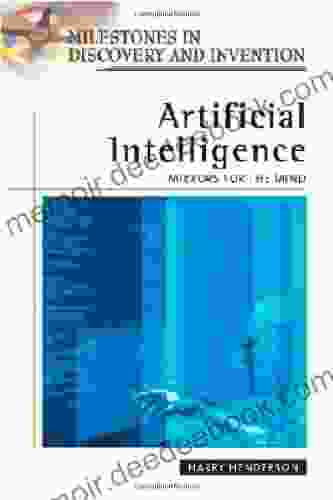
 Andrew Bell
Andrew BellMirrors For The Mind: Milestones In Discovery And...
Mirrors have been a part of human history...
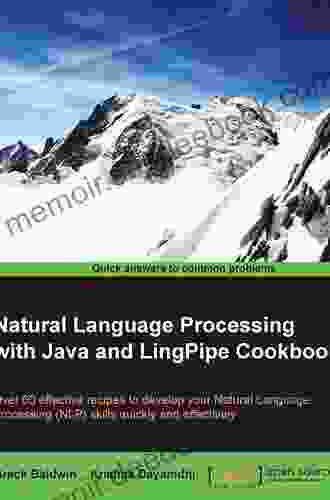
 Alec Hayes
Alec HayesDelving into Natural Language Processing with Java and...
Natural Language Processing (NLP) is an...
4.6 out of 5
| Language | : | English |
| File size | : | 2411 KB |
| Text-to-Speech | : | Enabled |
| Screen Reader | : | Supported |
| Enhanced typesetting | : | Enabled |
| Word Wise | : | Enabled |
| Print length | : | 288 pages |


